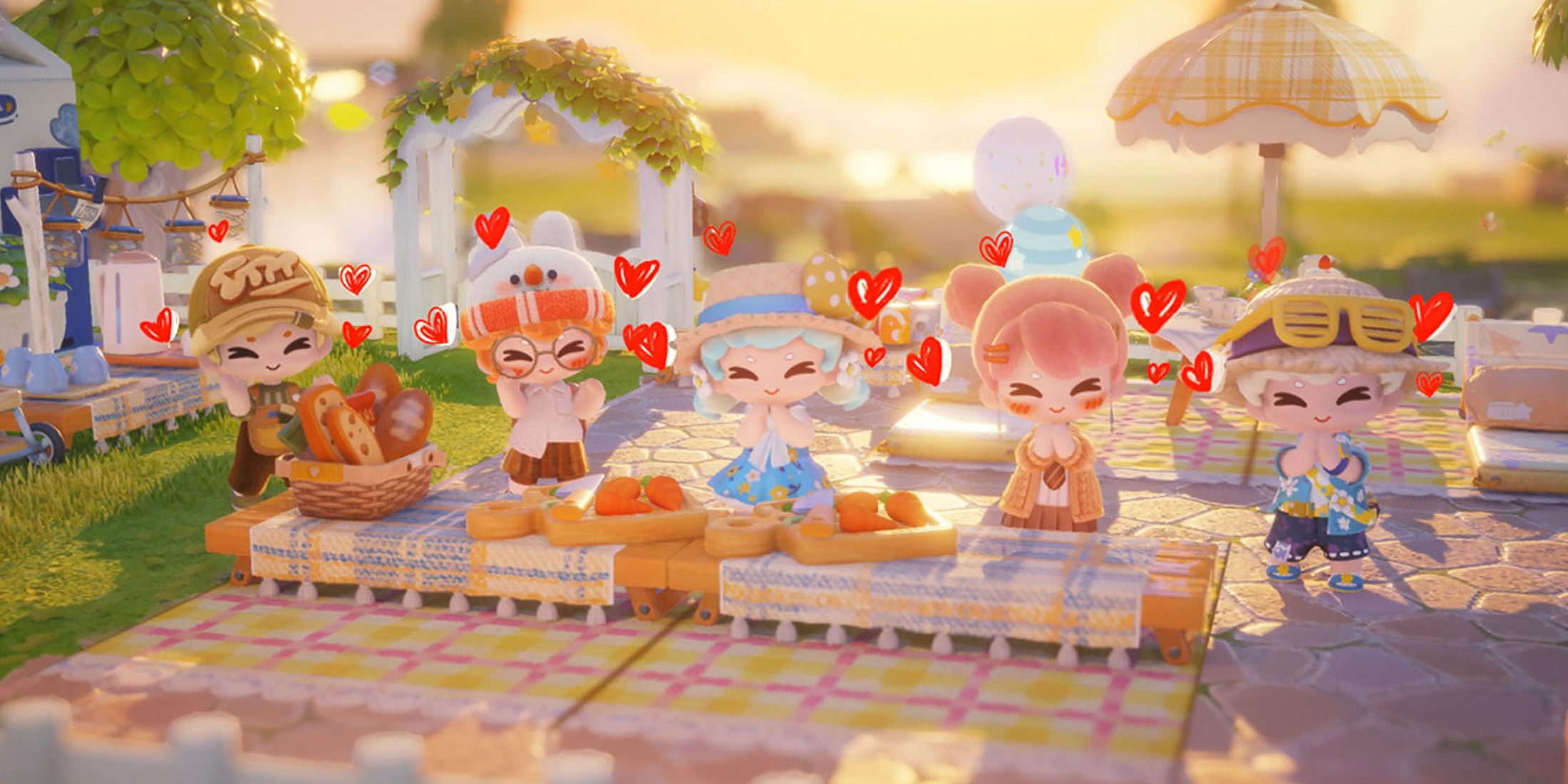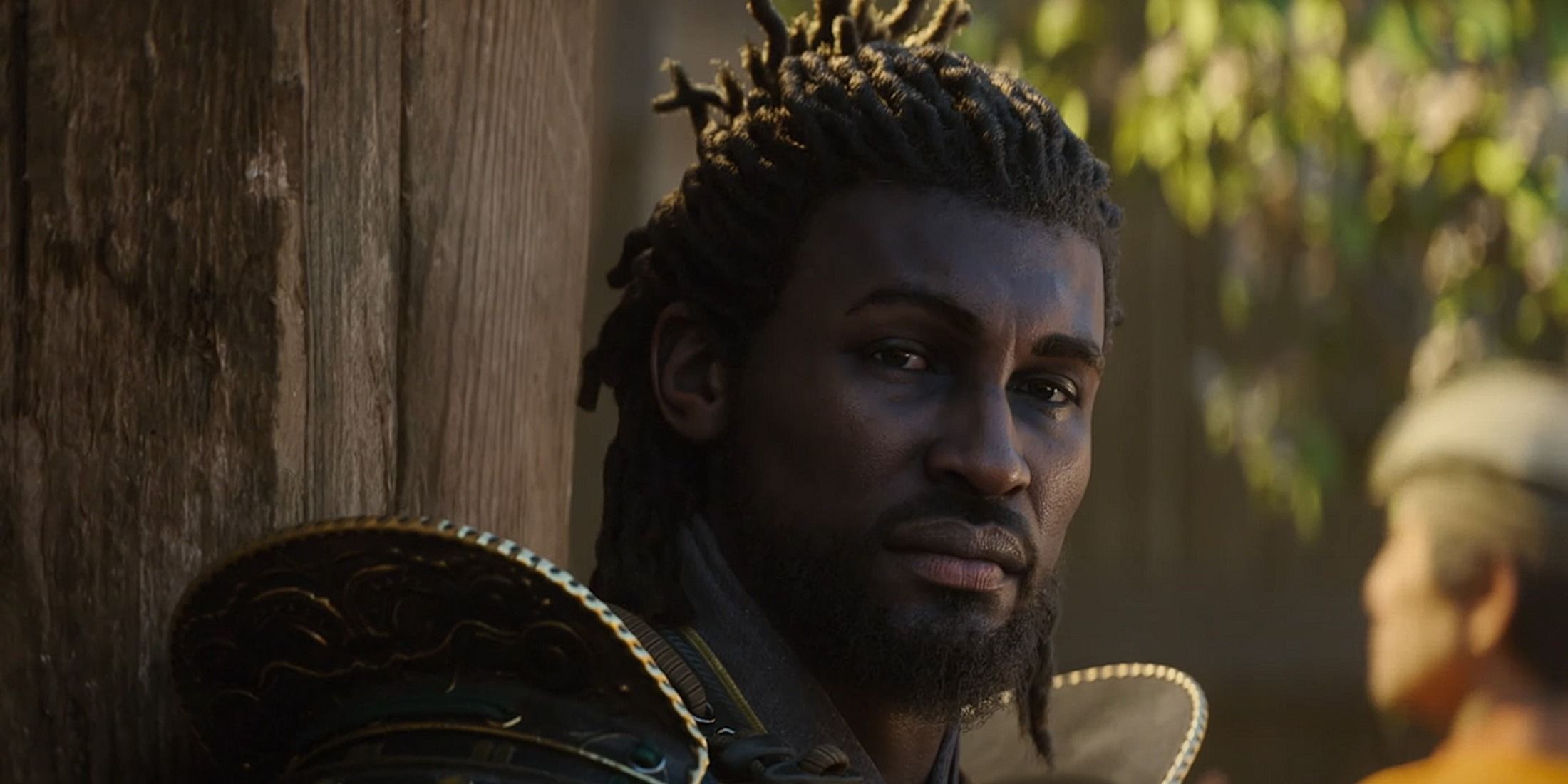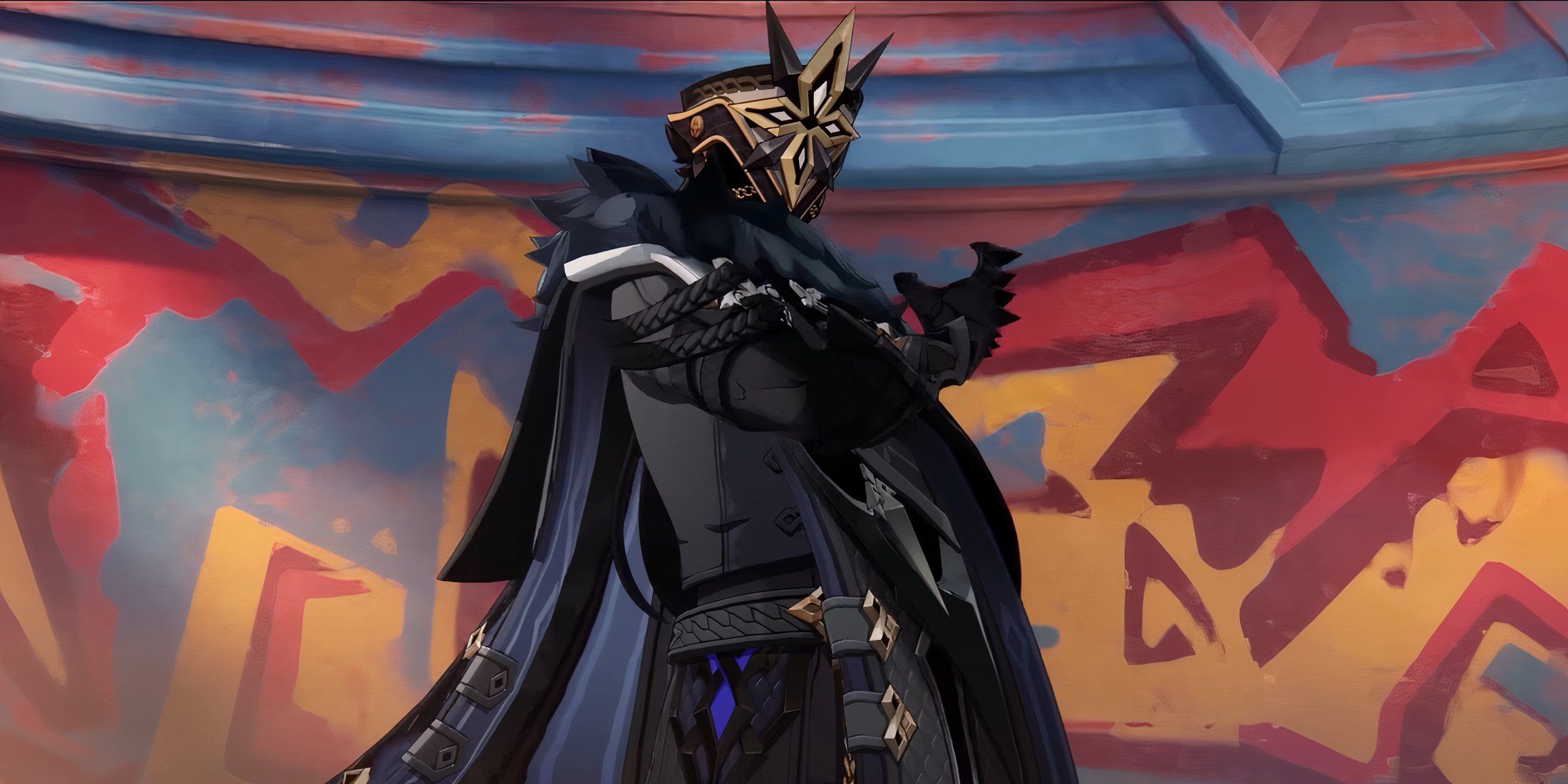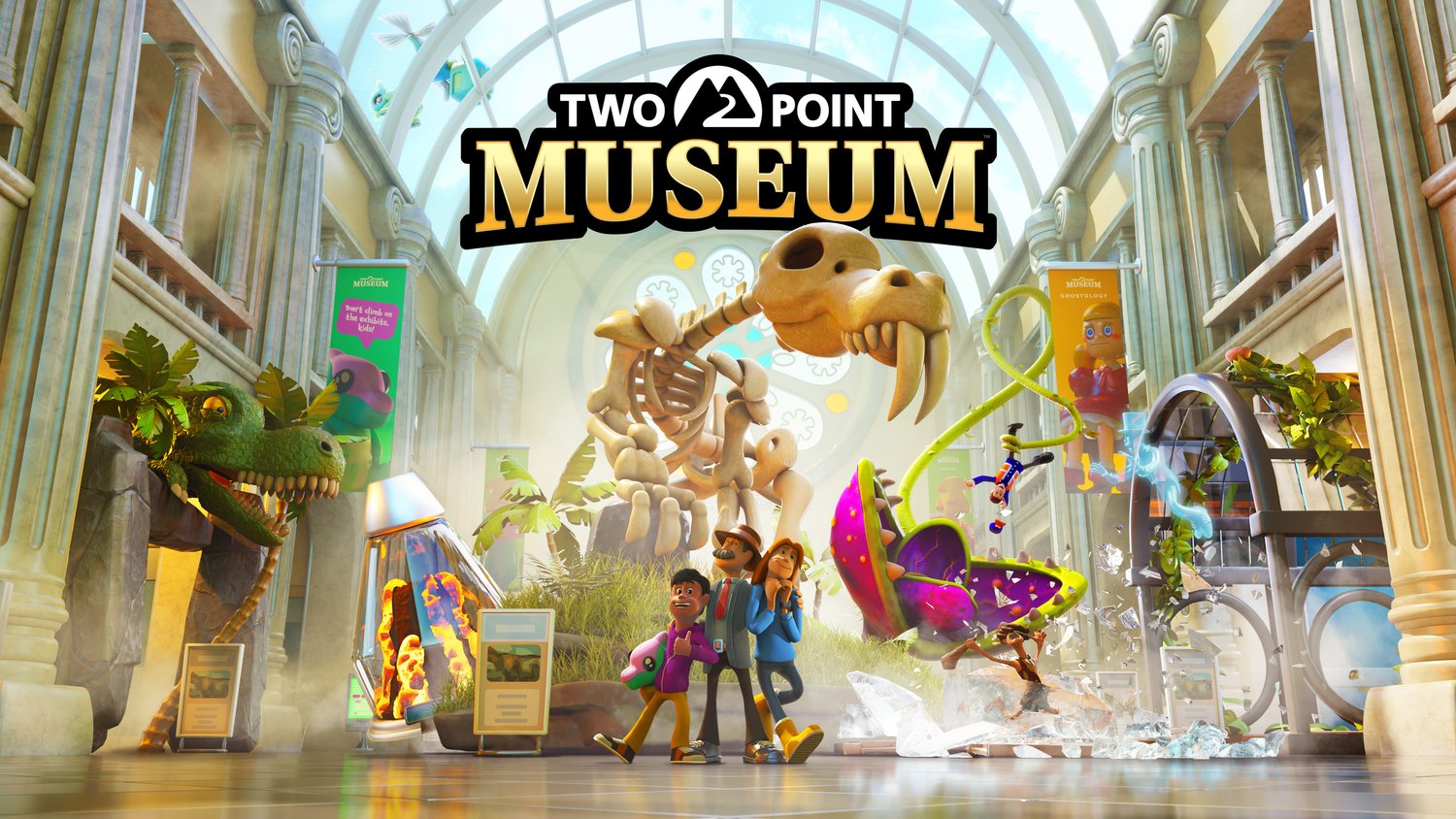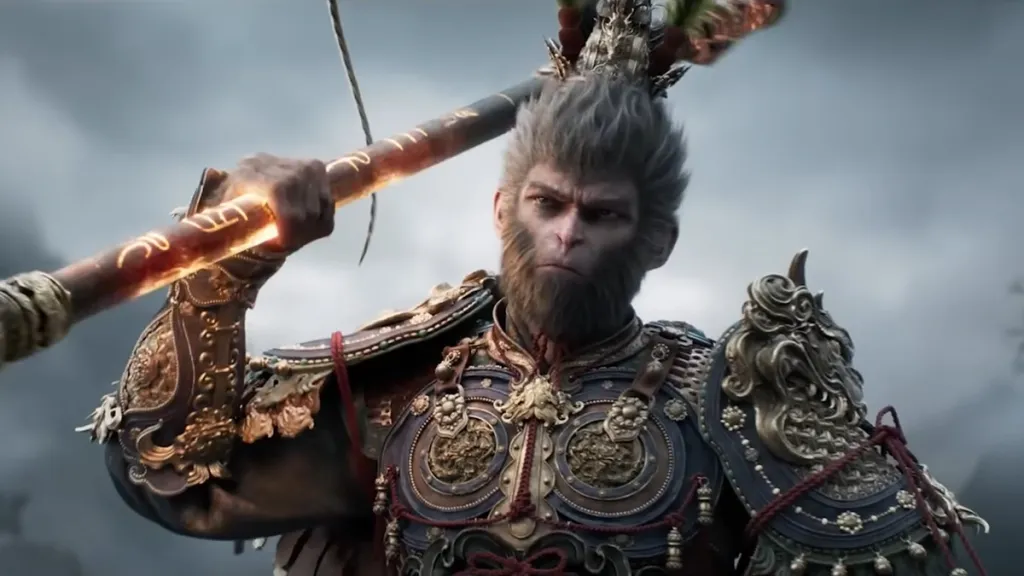Seven years is a long time to wait after a cliffhanger ending, but as Kingdom Come: Deliverance 2 ably proves, it takes a good long time to make a game, these days. Warhorse Studios found great success with the first game, selling millions of copies to allow them to grow both in their ambitions and as a studio. Picking up right where the last game ended, the adventure that awaits Sir Hans and Henry is bigger, more deadly, and will take you from the countryside and into the big city.
Spending several hours with the game, we got to experience the opening region and the events that kick this new narrative arc into gear, before jumping ahead to the big city and some of the politicking and possibilities that this region provides. There’s a pretty stark contrast between the two, most notably in terms of the environment that you’re exploring, but also in terms of pacing.
Dubbed ‘Bohemian Paradise’, the opening area is full of lush greenery and small villages surrounding the hilltop Trosky Castle, but we had only a glimpse of this amidst the narrative upheaval that greets Henry and his lord Sir Hans. They have been entrusted with delivering a message of peace to Lord Bergow, though as they get close, they’re greeted with suspicion and hostility from guards on patrol. There’s bandits in the area and they’re immediately suspicious of you, not least because of the respective allegiances in the war between King Wenceslas and the upstart King Sigismund.
That initial interaction starts to define who your version of Henry is. This is a fresh start from the first game, and Warhorse Studios describe it as a new arc – KCD was Henry becoming a man, while KCD 2 will be him becoming a warrior, but still seeking revenge for the murder of his parents, like he’s starring in a Shenmue game. Seeking to back Sir Hans up and express the honourable nature of our mission, I put my foot in it while trying to navigate the conversation with the guard’s captain, until Sir Hans steps back in and resolves the issue – of course, I doubt you can really start a fight at this point, but it lets you emphasise whether Henry will be a smooth-talking envoy or a strong, battling soldier that will fight to resolve issues, rather than talk too much.

You never make it to the castle, though, those aforementioned bandits ambushing your group and sending Sir Hans and Henry fleeing through the woods with just a pair of britches to hide their modesty. Thankfully the old lady who eventually takes them in, all battered, bruised and bleeding, doesn’t mind their lack of clothing, but once you actually reach Trosky, reality bites hard at Sir Hans, the brattier side to his summery character driving a wedge between the two. Also, you’ve got to go and find your dog, who went missing after the ambush.
It’s a compelling opening hour or so, giving a rather linear introduction to this game, providing you with some fighting practice, a bit of stealth, and revisiting a few of the key plot points via flashbacks, so you can enjoy this and understand Henry’s origins without having played the first game. However, it’s not a true representation of the more than 80 hours that will follow. That will be much more open and free for you to explore as you see fit, with gameplay and quest design that builds upon the style of the original. It’s when we leap ahead to explore Kuttenberg (now known as Kutná Hora in Czech) that we get to see this side of the game play out.
One of the most important cities within Bohemia at the time, Kuttenberg’s reputation was largely built on the silver mines that gave it so much wealth. This was a major economic centre because of it, with a minting press clanging away to produce currency, and people drawn to the area because of this.

Kuttenberg has been recreated in fantastic detail here, with Warhorse getting a lot of support from the city to help them build something authentic to the period. Leaning upon historical references and records, they’re able to peel back the centuries and restore buildings and structures back to what they would have been like – a walking tour through the city lets us see the comparison between the modern and preserved streets and structures, and how they look in the game, as well as educated guesses like an astronomical clock that they know was there, but have modelled after the world famous clock in Prague. While you might have a mental image of a world filled with muddy browns, Kuttenberg’s wealth was shown through colour, artistic construction and finery.
And naturally, with a large population centre, politics come to the fore and create conflict. Menhardt the master swordsman – a Fechter – has come from Frankfurt with a license from the king to found a brotherhood and spread his artistry in combat. But as he arrives in Kuttenberg, he finds another brotherhood from Prague has established itself, and the city council siding with them. All Menhardt wants – you’ll gather from his mixed English and German dialogue (in that Hollywood way that people never actually speak in when using foreign languages) – is the opportunity to fight and prove that he should be allowed to establish a brotherhood, but as they refuse to fight him, he hatches a plan with Henry to steal the Kuttenberg Sword from the local brotherhood and place it at the town hall to open them up to challenges.

There’s bound to be a bunch of ways to pull this off, but by far the easiest and most obvious is to sneak into the brotherhood’s house at night and steal the sword – people have routines through a 24-hour cycle, so you can skip forward to get to the point in time that you need. Nighttime is dictated by rules like needing to walk with a lamp or torch, so that you are above suspicion of being a thief, but you’ll encounter locked doors that need careful (and most importantly quiet) picking with a tricky, but enjoyable minigame, that can alert the people inside. Thankfully, if you are caught, then there’s still a way to trigger the duel and competition, just with the odds in the tournament being stacked against Menhardt and his brotherhood that you can join up to.
There’s been some significant improvements to the combat in Kingdom Come: Deliverance 2, though it’s building on the same foundations as the original game. You still have the five-pointed star reticule when fighting an opponent, giving you the ability to attack and block from either side, from above, jab down the middle or attack from below – these upward swings are now combined instead of being separate directions. I found it a little easier to grasp the basics in this game than with the first, learning a bit better how to parry and open an opponent’s guard, or to string together a flurry of blows. Don’t get cocky, though, because this is still a tricky style of combat to master.
Is there that much of a difference between Menhardt’s German school of combat and the Prague brotherhood? I couldn’t really say, but with their success and growth over the past seven years, Warhorse has grown the animation team from basically a single person, to having someone dedicated to each weapon and combat style. There should be greater distinction and nuance between them, letting your specialise.
But maybe you don’t want to be up close and personal? Fighting from afar will be perfectly viable, and maybe even preferred when the pitched battles can be much larger and more grand than before. You’ll see full-blown castle assaults, man the ramparts with a crossbow in hand, as opposed to a bow and arrow, and KCD2 will feature the earliest of firearms, including boom sticks that are basically a tube on a stick that you shove gunpowder and a bullet down, before making it go… well… boom!

There’s plenty more aspects to the game, all building upon the original, such as the public perception of Henry which shifts depending on your actions – so if you’re a thief, you’ll be branded as such and treated as one – or the in-depth alchemy system that has you physically mixing healing remedies. Oh, and of course there’s a fun game to sink your time into, though in this case it’s a historically accurate game of dice. It’s actually surprisingly addictive – well, I had to keep playing if I wanted my dog to have a sausage for dinner! – as you roll a bunch of dice and try to find pairs and runs with which you can score points and then keep rolling, but you importantly need to know when to quit, otherwise you’ll end up with no points for a round.
Put it all together and Kingdom Come: Deliverance II is shaping up to be a real showcase for how much Warhorse Studios has grown, evolving their take on the historical setting and their approach to role playing games in general.
Our hands on time with Kingdom Come: Deliverance 2 came thanks to a press trip to Kutná Hora, the modern day Kuttenberg, with travel and accommodation provided by Warhorse and Plaion.


